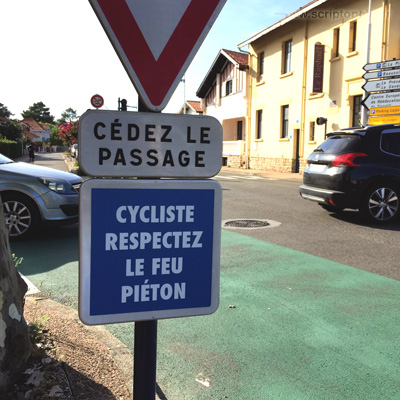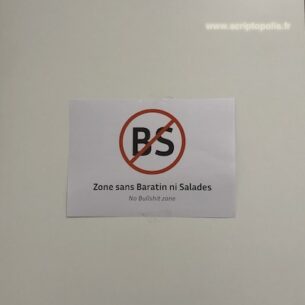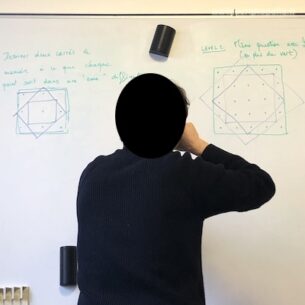Fusions

Paris, January 2018.
Managing the multiplication of vehicle units that criss-cross cities is not an easy task. From the point of view of physical infrastructure, as well as that of the law and the signs that make it exist on the streets, the pace of adjustments and transformations has become particularly sustained. Even the bicycle, which is now well (re)installed, is not yet so equipped that it can be considered a full part of our urban lives. This sign is proof of this: at this crossroads, there are no plans to treat cyclists as specific entities. Their existence and presence, however, are not in doubt, since we are addressing them. But it’s to summon them to adapt. They’re going to have to change. To accept for a time to side with pedestrians, to behave like those omnipresent urban things that benefit from an immense network of inscriptions, on which it is in this case practical to rely. Ok for cyclists, this time it works But how are we going to deal with electric scooters, hoverboards, self-balancing unicycles and all the means of transport which, in the absence of flying cars, already populate the cities of the 21st century? Without icons, without drawings, without strip colours, without words of their own, how will (and already do) those who lead them know what to do and what not to do?






